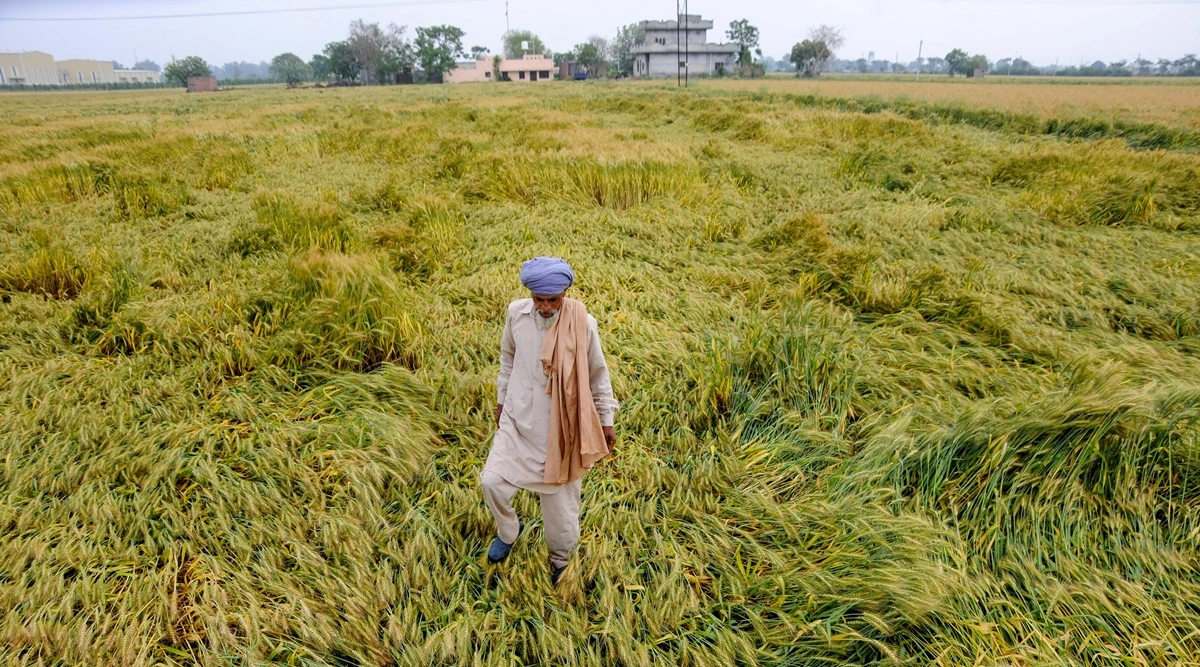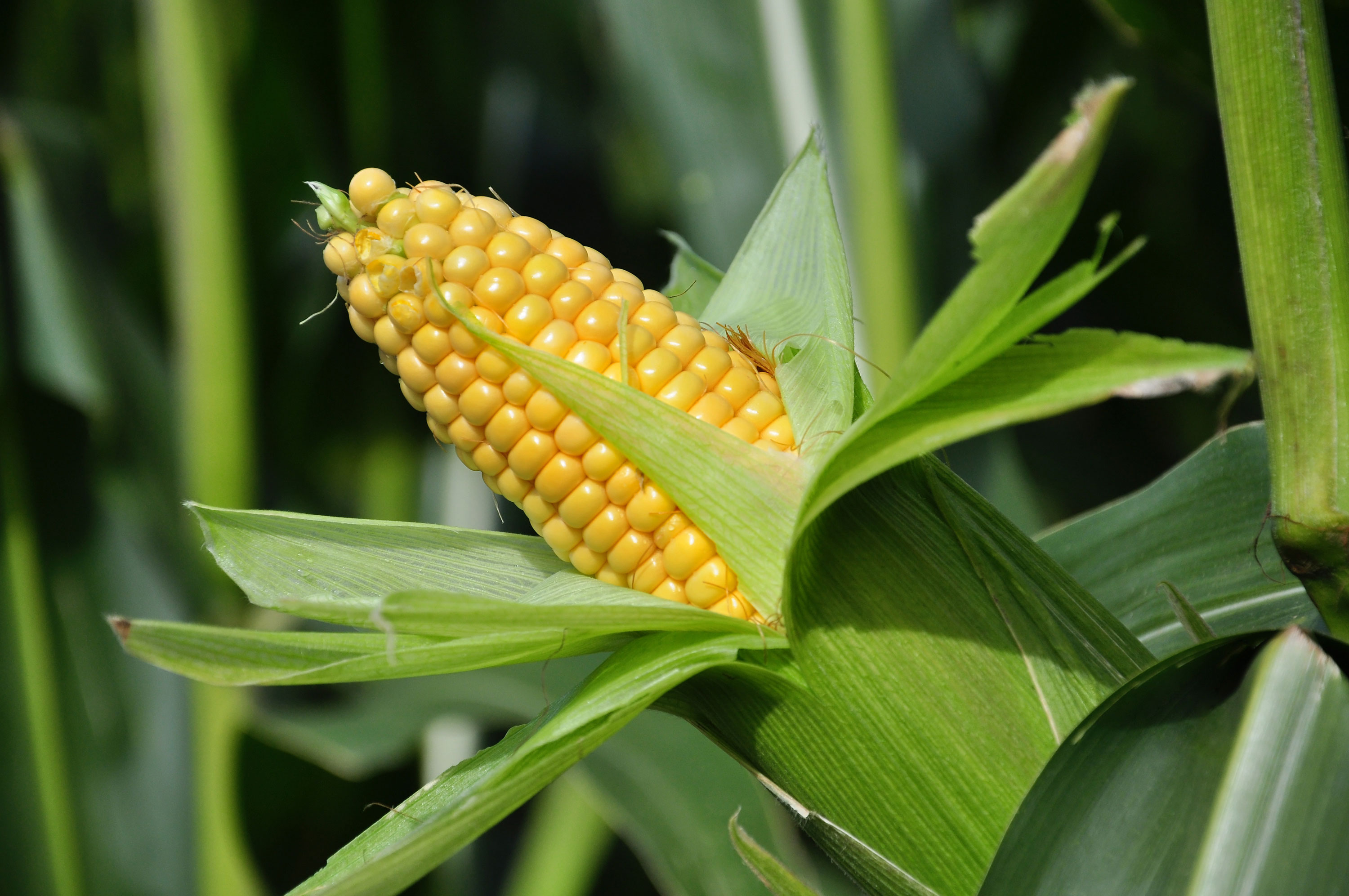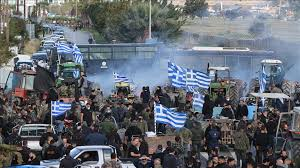Karnataka’s northern districts, which are more often in the news for water shortage and drought, are now seeing extensive crop losses and disruption of crop patterns due to changes in the rainfall pattern, including heavy pre-monsoon rainfall, and extended rainfall period. Riparian districts have had the additional burden of water released from dams in the catchment area.
11 lakh hectares
Rainfall has been in excess of 21% to 44% across 90 blocks in 12 districts, according to Revenue Department officials. It has led to a crop loss on around 11 lakh hectares across Kalyana Karnataka and Bombay Karnataka regions.
Farmers complain that continued rain has affected the efforts towards land preparations for rabi sowing. “Rain should have stopped by August third week for farmers to take up preparation for rabi sowing. However, even in the second week of September, we have heavy rain. How can any farmer enter his field to take up draining, tilling, or cleaning operations?” asked Sidagouda Modagi, Krishik Samaj leader.
Belagavi, among the worst affected districts, has seen crops on around 4 lakh hectares (25% of the total sown area) affected. The crops include sugarcane and tobacco, and kharif crops such as bajra, jowar, toor, paddy, sunflower, cotton, maize, vegetables, and fruits. Dharwad, Haveri, Ballari, Raichur, and Gadag too have suffered damage of paddy, chilli and other crops.
Extensive crop loss has been reported on 1.7 lakh hectares in Kalaburagi district due to excess rainfall during July and August. Out of the total 7,75,430 hectares sown, standing crops on 1,70,120 hectares (22%) have been damaged completely. After the short-term crops failed due to deficient rainfall during June, most of the farmers were forced to sow short-term crops a second time in July, which were damaged due to heavy rain.
The district recorded 260 mm rainfall in July, it was 151 mm in August, and 27.9 mm from September 1 to 15. Red gram, the major crop of the region, was damaged on 1,21,382 hectares (22%). Black gram was damaged on 6,801 hectares and green gram on 11,023 hectares.
In Bidar, standing kharif crops on 55,968 hectares (15%) were damaged as against the total cultivated area of 3,68,000 hectares. Soyabean crop alone was damaged on 36,170 hectares, (65%).
Change approach
Experts underline the need for a completely different approach to farming, given the current trend. “Monsoonal variation has had significant spatial and temporal changes in crop patterns over the last few years. There is a need for a radical change in the outlook of policymakers and change in the set of practices followed by farmers,’’ said Rajendra Poddar, director, Water and Land Management Institute (WALMI), an agency dedicated to research and extension in water and land management, in Dharwad.
According to him, the Central and State governments should lay increased focus on climate change and its implications on farming in various regions, underlining particularly the need for a decentralised approach.
He said that farmers had to adopt cost-effective methods of land preparations that ensure efficient drainage and runoff of water, and switching to drought- and flood-resilient crops is also needed.
Traditional farming
“The answer to most of our current problems lie in traditional farming,” he said. According to Dr. Poddar, integrated farming with field and plantation crops and animal husbandry and poultry practices will make farmers immune to monsoon vagaries to a significant extent.
Source - https://www.thehindu.com













